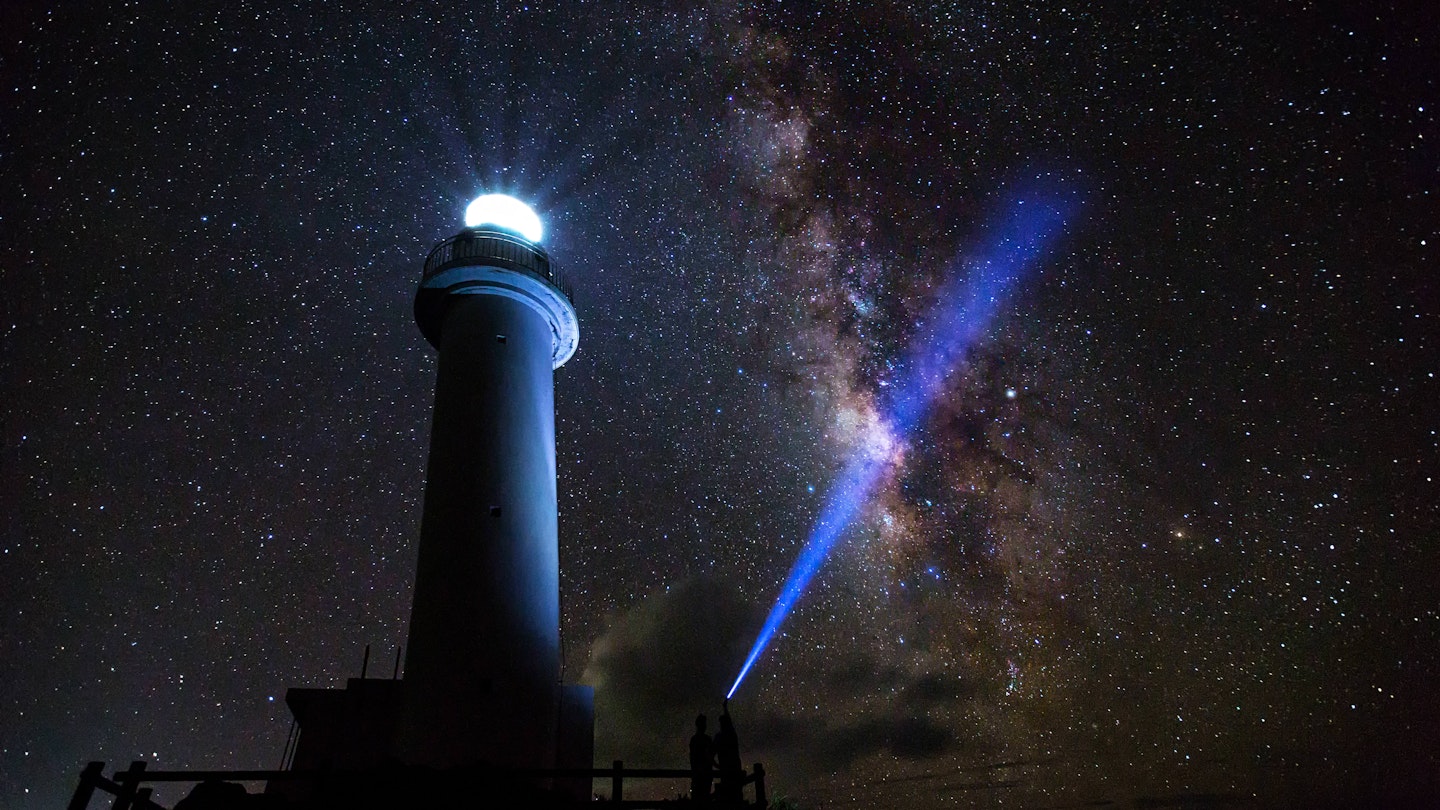Top Stargazing Destinations in Asia
From high-altitude mountains to remote, arid deserts, Asia offers ideal conditions for an unforgettable stargazing experience. However, spotting the cosmos and the Milky Way requires escaping the light pollution prevalent in populous cities like Shanghai and Bangkok. Therefore, heading to secluded areas such as national parks and rural landscapes unveils a stunning tapestry of stars.
Stargazing in Asia reaches its pinnacle during the dry season and particularly around new moons. The summer months from May to September provide a spectacular view of the Milky Way’s galactic center shining brightly above the Northern Hemisphere. Nevertheless, every season holds the potential for awe-inspiring night skies.
Are you excited to explore the cosmos? Here are eight of Asia’s premier stargazing destinations.
Yeongyang Ecological Park, South Korea
In 2015, Yeongyang Firefly Eco Park became Asia’s first Dark Sky Park, certified by the International Dark Sky Association for its minimal light pollution and prime stargazing conditions. Situated in the tranquil Wangpi River Basin Ecological Landscape Protected Zone in eastern South Korea, the park is approximately a four-hour drive from the bustling capital, Seoul. The sparse population nearby ensures clear, starry skies, making it a prime location for stargazing, as well as home to millions of glowing fireflies that depend on the dark for communication.
Hehuan Mountain, Taiwan
High elevation and a secluded setting make the 11,200ft Hehuan Mountain one of the top stargazing spots in Taiwan. This International Dark Sky Park is located in Taroko National Park and is about two hours by car from Taichung International Airport. Visitors can enjoy hiking or driving up the mountain. However, strict regulations govern camping locations, with designated campgrounds such as Heliu and Lushui available for those who wish to stargaze in this magnificent setting.
Hateruma Island Starry Sky Observatory Tower, Japan
Set on Japan’s southernmost inhabited island, the Hateruma Island Starry Sky Observatory Tower takes advantage of the dark skies typical of the Yaeyama Islands. During optimal new-moon nights, visitors can observe up to 84 constellations, including the Southern Cross. Furthermore, the observatory offers expert guidance and refraction telescopes that enhance the stargazing experience. Additionally, for an unforgettable cosmic journey, consider visiting Iriomote Ishigaki National Park, Japan’s first International Dark Sky Park located on nearby Iriomote Island.
Great Wall, China
While the Great Wall of China can attract large crowds, it spans thousands of miles, leaving plenty of less-traveled sections ideal for quiet stargazing. The Gubeikou stretch is particularly notable for its low light pollution and minimal nearby habitation, creating an excellent environment for viewing the night sky. Local operators provide guided stargazing hikes, offering a captivating blend of history and astronomy.
Gobi Desert, Mongolia
The expansive blue skies and high elevation of over 5,000ft above sea level in Mongolia make stargazing remarkable, particularly in the surreal Gobi Desert. The unique landscape, reminiscent of Mars, becomes even more enchanting under the glow of the Milky Way. The renowned Three Camel Lodge offers a cozy base for travelers looking to explore the night sky in comfort.
Tiger Leaping Gorge, China
Situated at the end of the Himalayas, Tiger Leaping Gorge is an exceptional mountain stargazing location. Best experienced via a hiking trail, this challenging route provides breathtaking views of the Yangtze River and the starlit sky. Many hikers opt for an overnight stay, taking advantage of budget-friendly accommodations along the trail, offering prime spots for admiring the stars.
Lan Ha Bay, Vietnam
When visiting Vietnam, many travelers explore famed locations like Halong Bay. However, Lan Ha Bay offers a tranquil stargazing alternative. Small-boat cruises provide an opportunity to journey through this serene bay within Cat Ba National Park, granting visitors spectacular views of the night sky in relative solitude. Bungalows set in the jungle allow travelers to reconnect with nature while stargazing in comfort.
Doi Chiang Dao, Thailand
Thailand’s Doi Chiang Dao, the country’s third tallest peak, truly lives up to its name, meaning “city of stars.” This region is one of the darkest in Thailand, perfect for observing the night sky. Climbing this 7,100ft mountain, which usually spans two days, offers a unique stargazing experience above the clouds, available from late November through early March.




